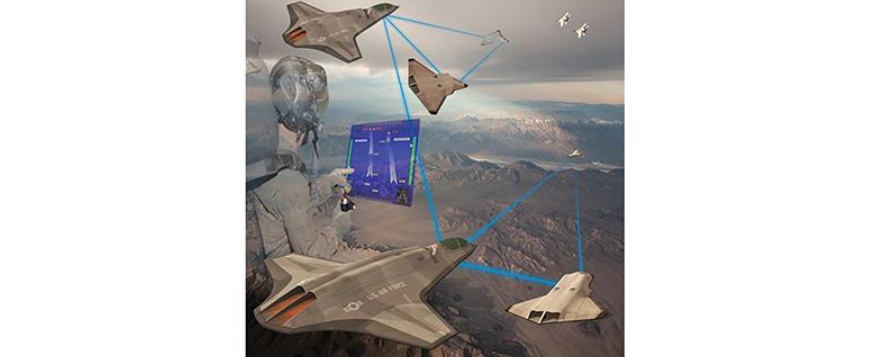'Digital Century Series' Approach May Live On In USAF's Autonomous Plans

Credit: U.S. Air Force
DAYTON, Ohio—The U.S. Air Force’s short-lived “Digital Century Series” plan appears to be dead for future crewed fighters, but the service says the plan’s focus on rapidly iterating designs could be relevant for its future drones. In 2019, Will Roper, then the assistant secretary of the Air Force...
Subscription Required
This content requires a subscription to one of the Aviation Week Intelligence Network (AWIN) bundles.
Schedule a demo today to find out how you can access this content and similar content related to your area of the global aviation industry.
Already an AWIN subscriber? Login
Did you know? Aviation Week has won top honors multiple times in the Jesse H. Neal National Business Journalism Awards, the business-to-business media equivalent of the Pulitzer Prizes.
